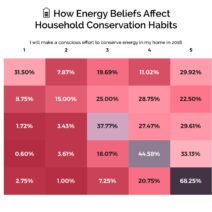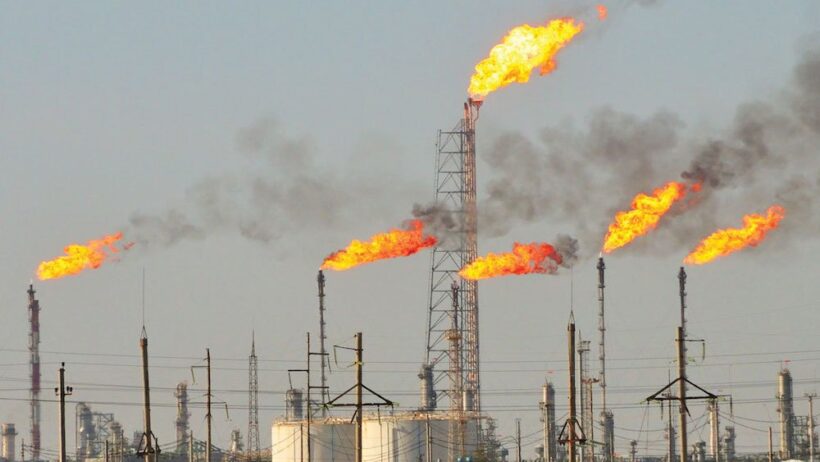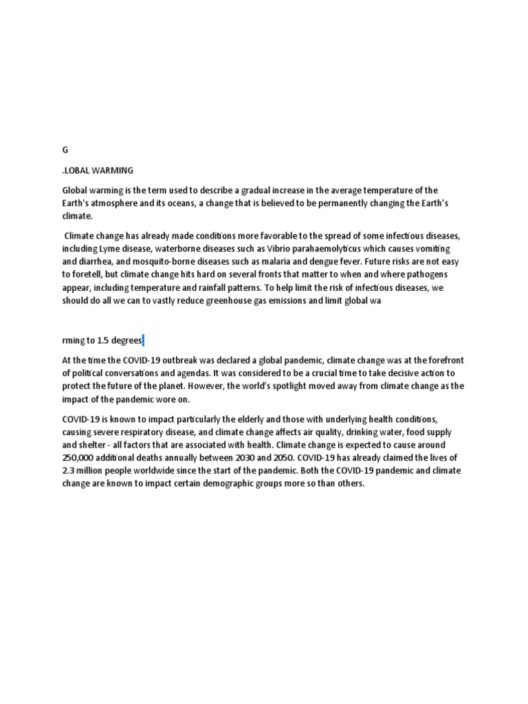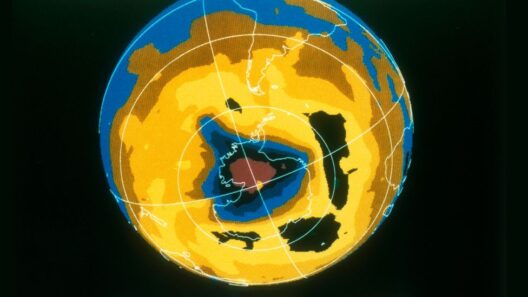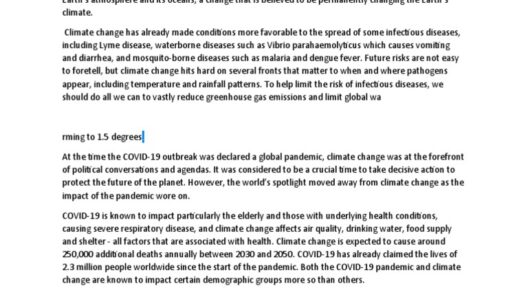The narrative of climate change is both urgent and intricate, particularly when scrutinizing America’s role in exacerbating global warming. The United States, as a prominent industrial power, wields significant influence over environmental policies and practices both domestically and abroad. This article endeavors to dissect the multifaceted layers of America’s environmental impact, elucidating the past, present, and future of its carbon footprint, while inspiring palpable action.
To comprehend America’s contribution to global warming, one must first grasp the sheer scale of fossil fuel consumption. The U.S. is among the highest per capita emitters of carbon dioxide. This phenomenon can be traced back to the Industrial Revolution when America’s dependence on coal, oil, and natural gas solidified its position as a global leader in energy production. Yet, this leadership has come at a cost—a staggering increase in atmospheric greenhouse gases, which are primarily responsible for the planet’s rising temperatures.
Statistically, the U.S. accounts for approximately 15% of global greenhouse gas emissions. When considering its relatively small population compared to international counterparts, such as China and India, these figures underscore an outsized environmental impact. Each year, millions of tons of carbon dioxide are released into the atmosphere, exacerbating climate volatility. Storms become more severe, droughts intensify, and wildfires rage with unprecedented ferocity, all partially fueled by America’s decision to prioritize short-term economic gain over long-term sustainability.
Moreover, the agricultural sector contributes significantly to emissions. Agriculture generates approximately 10% of the greenhouse gases that contribute to climate change, mainly through livestock production and the use of synthetic fertilizers. The American diet, heavily reliant on meat and dairy, necessitates extensive greenhouse gas emissions throughout the supply chain. This interconnection lays bare the environmental consequences of dietary choices—a perspective often overlooked in mainstream discourse surrounding climate change.
Transportation further compounds these challenges. The U.S. is highly dependent on automobiles, with millions of vehicles traversing its roads daily. Transportation accounts for nearly 30% of the country’s carbon emissions, primarily from gasoline and diesel consumption. While advancements in fuel efficiency and the rise of electric vehicles offer hope, the transition is painfully slow. Infrastructure that favors expansive highways over public transportation perpetuates the cycle of dependency on fossil fuels. Enhanced public transit systems could mitigate emissions significantly while also fostering economic growth and providing accessible transportation options for all citizens.
The energy sector is perhaps the most contentious area in the discussion of the U.S. footprint on global warming. Transitioning from coal to renewable energy sources has encountered resistance from entrenched interests. Although renewable technologies—such as wind and solar—show unprecedented growth, they still represent only a fraction of the energy landscape. The current administration’s policies can influence this trajectory. By fostering investment in green technologies and establishing stringent emissions regulations, a future can be forged that prioritizes environmental health alongside economic stability. The implementation of tax incentives for renewable energy installations and the promotion of energy efficiency can pave the way for a sustainable future.
Action at a personal level is just as crucial, as individuals wield considerable power through their consumption patterns. By opting for energy-efficient appliances, reducing waste, and supporting sustainable products, Americans can contribute to a collective shift toward a greener economy. Furthermore, public engagement and awareness around environmental issues can wield considerable influence over policy changes. Grassroots movements and social media campaigns have shown remarkable efficacy in raising awareness and prompting action regarding climate issues. Engaging communities on the local scale can galvanize collective efforts to combat climate change, leading to both environmental and social benefits.
Education plays a dual role in fostering change. Schools and universities can serve as incubators of innovative ideas, promoting scientific literacy and environmental stewardship among younger generations. An educated populace is better equipped to make informed decisions regarding consumption, energy use, and advocacy. Collaborations between educational institutions and the private sector can create opportunities for research and development in sustainability practices, propelling innovations that significantly reduce the carbon footprint.
Internationally, the U.S. holds a pivotal position in climate agreements. The Paris Agreement exemplifies a collaborative effort to limit global temperature rise, yet a robust commitment from all participating nations is crucial. America’s re-engagement in these accords signals to the world that it recognizes its footprint and is willing to take responsibility. Through diplomacy and alliances, the U.S. can share technology, resources, and knowledge with developing nations, fostering a global approach to sustainability that acknowledges the unique challenges they face.
Ultimately, combating climate change requires an integrated approach that encompasses government policy, corporate responsibility, and individual actions. The onus lies not solely on any single entity but rather on the collective will of society. A transformative shift in perspective is necessary to regard environmental stewardship as not merely a responsibility but a crucial aspect of our identity. From policy reforms to personal choices, every action counts in the fight against climate change. America can become a beacon of hope, demonstrating that economic vitality and environmental health are not mutually exclusive goals, but rather two sides of the same coin.
As we continue to grapple with these pressing issues, the promise of a sustainable future becomes a tantalizing prospect. There lies an opportunity to redefine America’s relationship with the planet, paving a path toward a harmonious coexistence. The momentum for change is palpable; harnessing it could yield benefits that extend beyond borders, creating a healthier planet for generations yet unborn. The question remains: will America rise to the occasion, embracing its leadership not just in industry but as a steward of the Earth?

